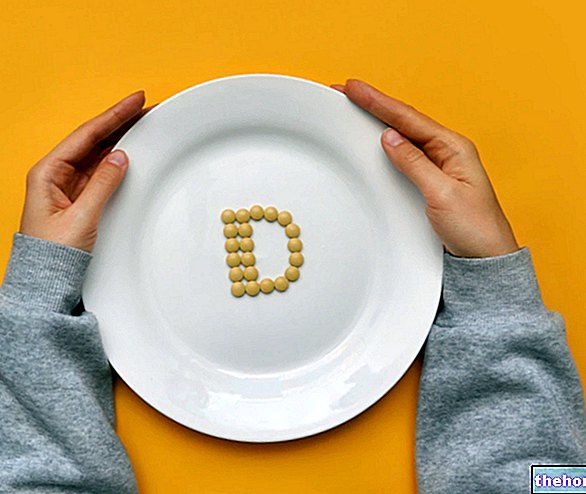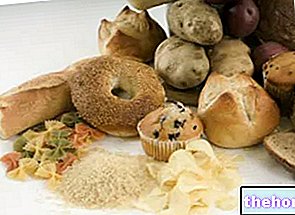Generality
Caprylic acid is a saturated, non-essential fatty acid with eight carbon atoms; for this reason, it is also known as octanoic acid.

Caprylic acid is extracted from coconut and palm seed oil and has applications in sports, cosmetics and health.
In the first case it is part of the so-called MCT, medium and short chain fatty acid supplements, used as an alternative energy source to the precious glucose.
Indications
Why is caprylic acid used? What is it used for?
Initially used as an antifungal remedy, caprylic acid has gradually carved out a respectable place even in the clinical setting.
Although most of the studies mostly refer to in vitro or experimental models, caprylic acid appears to:
- Carry out an "effective anti-candida action;
- Exercise a competitive action against viruses and bacteria.
These activities, not fully characterized, seem to be correlated with the ability of caprylic acid to interpose itself in the thickness of the lipid membranes of these microorganisms.
Properties and Effectiveness
What benefits has caprylic acid shown during the studies?
Much of the scientific literature related to caprylic acid is currently focused on the potential anti-candida role.
More precisely, caprylic acid appears to dissolve the cell membrane of the Candida albicans and other fungi, preventing their growth.
Food Sources and Associations
Food sources of caprylic acid, in addition to the aforementioned tropical oils, are represented by milk and dairy products in general, although the consumption of hard or fermented cheeses is traditionally not recommended in the presence of candida (see anti-candida diet).
The association of caprylic acid with probiotics, garlic and turmeric is also potentially useful, in order to produce a synergistic obstacle to the proliferation of Candida albicans in the colon.
Dosage and method of use
How to use caprylic acid?
The specific integration with caprylic acid foresees doses from 300 to 1,200 milligrams per day, in the form of capsules or tablets, given its rancid and unpleasant taste.
Even more suitable would be the soft-gel capsule form (gelatin spheres filled with oil), since caprylic acid is more easily absorbed if a source of fat is present in the meal.
However, for the treatment of candidiasis it would be more convenient to find a way to increase the amount of unabsorbed caprylic acid, so that it can reach the colon and carry out its antifungal action.
This can be achieved by using high concentrations of caprylic acid inside controlled-release capsules. Another solution could be to take caprylic acid together with fiber supplements, such as psyllium seeds; in this way the substance it could be trapped inside the gel of water and soluble fiber, thus resisting absorption in the small intestine, before being released into the colon by bacterial fermentation of the fiber itself.
Side effects
The use of caprylic acid, especially if in a bad state of preservation, could cause the appearance of unpleasant gastro-intestinal side effects, such as nausea and diarrhea.
Contraindications
When should caprylic acid not be used?
The use of caprylic acid is contraindicated in case of known hypersensitivity to the active principle.
Pharmacological interactions
What drugs or foods can modify the effect of caprylic acid?
No noteworthy drug interactions are currently known.
Precautions for use
What do you need to know before taking caprylic acid?
The use of caprylic acid, without proper prescription and medical supervision, should be avoided by children, pregnant women and breastfeeding women.

.jpg)


























